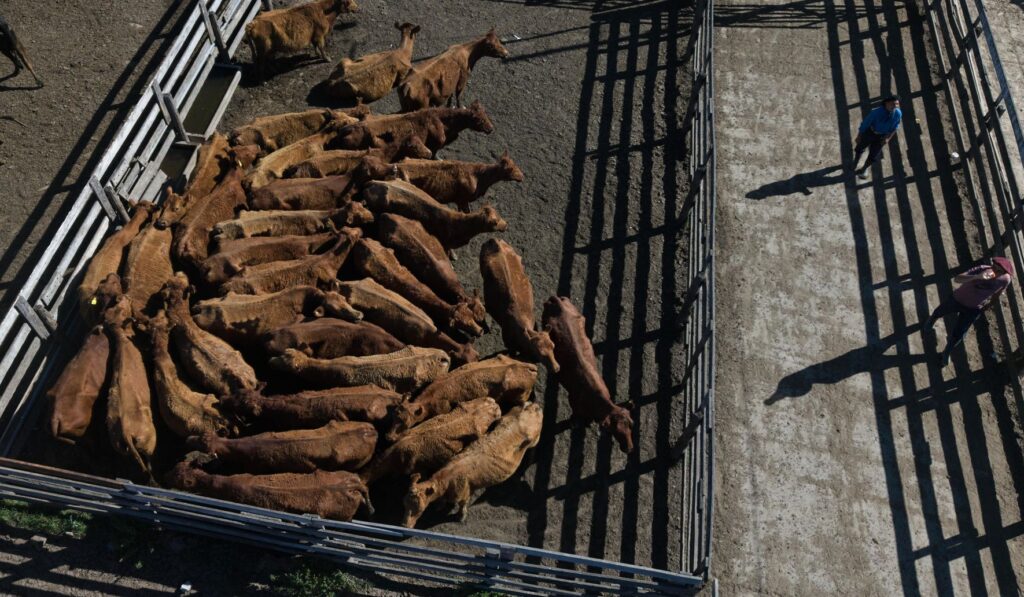The Trump administration is quadrupling the quota of beef that can be imported from Argentina, a move that reshapes U.S. trade in red meat and sparks debate between markets and producers. This piece explains what the change means for consumers, ranchers, the broader supply chain, and the political logic behind the decision.
The change is simple to state and significant in impact: the Trump administration is quadrupling the quota of beef that can be imported from Argentina. For shoppers, that could mean more variety and potentially lower prices at the grocery store, especially for cuts that are popular in restaurants and specialty markets. That boost in available product will alter how wholesalers and retailers plan inventory for the coming months.
Farmers and ranchers are watching closely, and their concerns are understandable. U.S. producers face tight margins, and increased competition from Argentina could pressure local prices for certain cuts. Republican policymakers who back the move argue it balances consumer interests with smarter market signals rather than heavy-handed protectionism.
From a trade perspective, expanding the quota reflects a strategy to use market access as leverage. Allowing more Argentine beef in avoids tariffs and trade rows that escalate into broader economic friction. The administration frames the decision as calculated: open targeted channels while insisting on strict safety, inspection, and labeling standards.
Food safety and inspection are nonnegotiable talking points in this debate. The U.S. Department of Agriculture enforces standards that imported meat must meet, and officials stress inspections will remain rigorous. That message is meant to reassure workers, retailers, and consumers that more imported beef won’t mean lower standards for what lands on American plates.
There’s also an economic argument about supply chain resilience and price stability. Increasing valid import quotas can act as a buffer when domestic production dips due to drought, feed costs, or supply disruptions. The policy aims to let markets breathe, smoothing sudden spikes that hit families at the checkout line.
Labor and jobs are part of the mix, and Republican voices emphasize that trade policy should ultimately protect overall job growth. More imported beef may affect certain local packing plants, but it can also lower operational costs in restaurants and meat processors, preserving jobs downstream. The administration discusses the move as one piece of a broader plan to keep U.S. industry competitive globally.
Diplomacy and reciprocity matter, too; trade decisions like this one send signals to other nations. By expanding Argentina’s quota rather than imposing new restrictions or tariffs, the U.S. presents itself as open for measured trade while expecting fair treatment for American exports. That stance is pitched as pragmatic statesmanship, using access rather than bans to get results.
Critics will say the move favors cheap imports over American producers, and that’s a debate worth having. Supporters counter that consumers deserve reasonable prices and that protecting markets forever can lead to complacency and inefficiency. Republicans framing the decision say it’s about striking a balance—defend standards and jobs while letting market forces work where they can.
There are logistics to consider as well: shipping channels, cold storage capacity, and how wholesalers source different grades of beef. Importers will need to line up cold chain logistics, while packers and distributors will re-evaluate contracts and sourcing mixes. Those operational shifts take time but are routine in a dynamic food economy.
Ultimately, the policy change is an exercise in trade management from a Republican perspective: open selective channels, keep rules firm, and aim to protect American competitiveness. It’s meant to give consumers options and businesses flexibility while putting pressure on foreign partners to play fair. The long-term outcome will depend on how producers, regulators, and markets respond in the months ahead.



